Teaching survival skills to our kids is essential in today’s fast-paced and unpredictable world. These skills, like basic first aid, building a fire, and finding water in the wild, can be lifesaving in emergencies.
As parents, we must equip our children with the knowledge and tools to handle any situation. This article will cover the crucial survival skills every parent should teach their child and explain why these skills are so important. Let’s dive into the details to ensure our kids are ready for anything.
1. Building Shelter
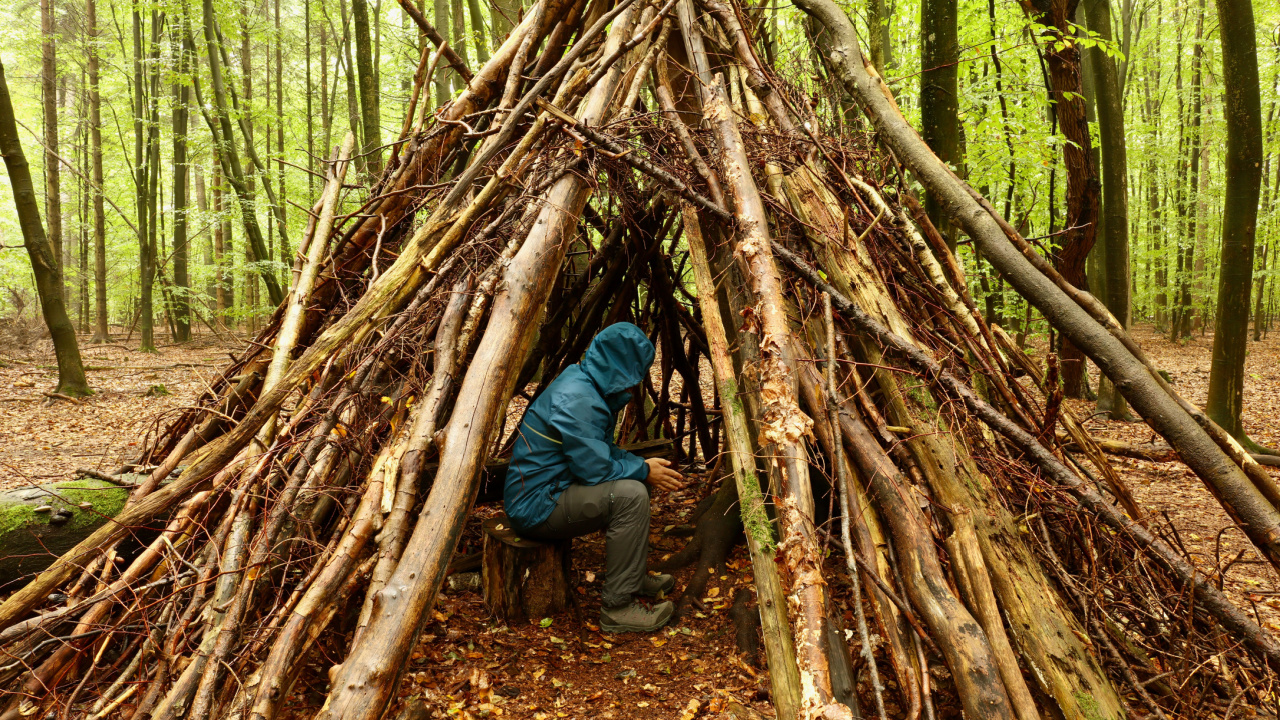
In a survival scenario, shelter is vital for shielding against the elements and offering safety. Consider showing your child how to construct a basic shelter using branches, leaves, tarps, and rocks when camping or enjoying a backyard adventure.
2. Fire Building
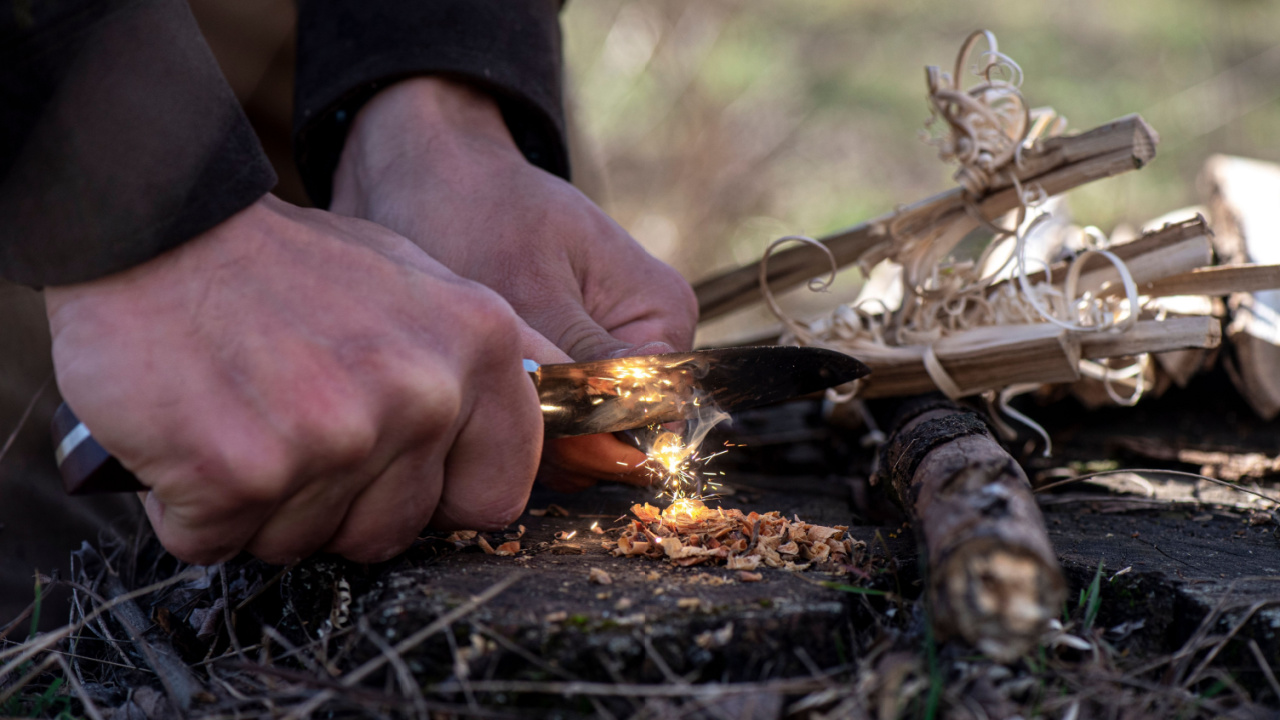
Fire isn’t just for staying warm; it can cook, boil water, and signal for help. Show your kid how to start a fire using different methods like rubbing sticks, a magnifying glass, or a flint and steel set while emphasizing fire safety and supervising them closely as they acquire these skills.
3. Finding and Collecting Water
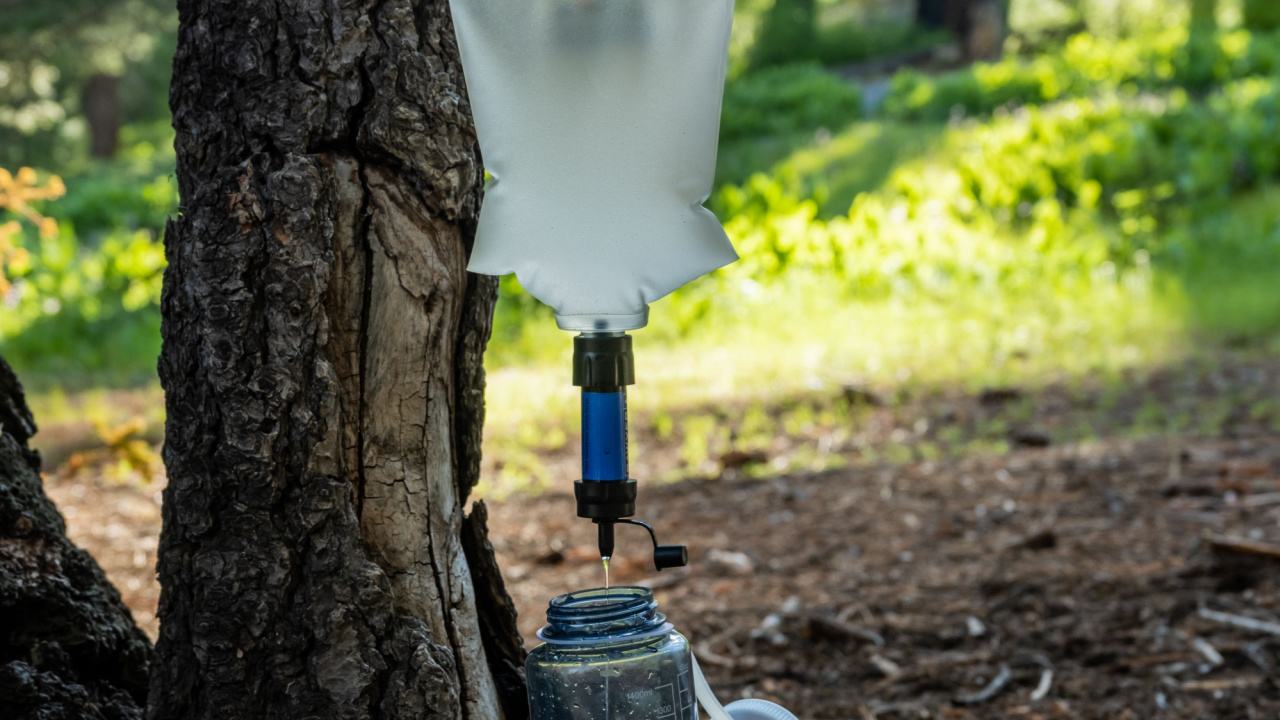
Water is essential for survival, and knowing how to find water sources such as streams, rivers, and rainwater is a survival skill that parents should teach children. From knowing the signs that lead to a water source, such as animal tracks or vegetation, to collecting rainwater, teaching your child these skills can be lifesaving in a survival situation. You can even turn this into a fun activity by setting up a scavenger hunt for different sources of water in your local area.
4. Purifying Water
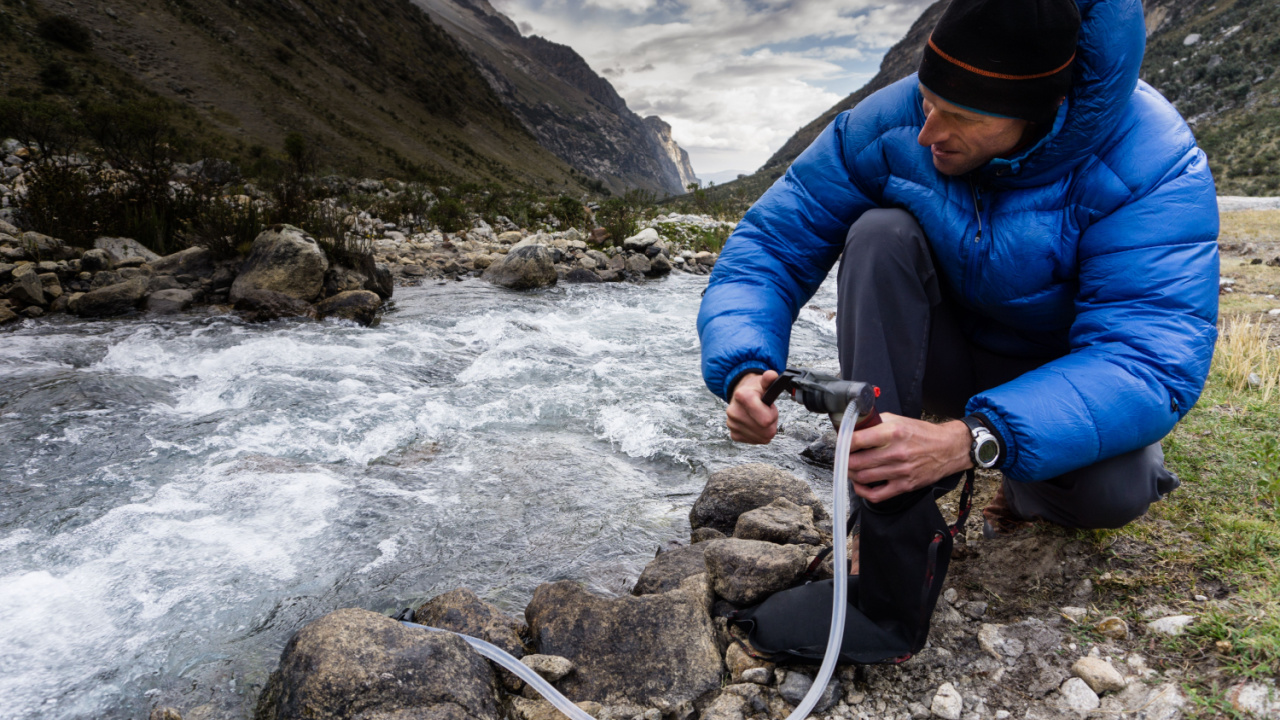
When teaching your cold survival skills, it’s important to teach them to purify water before drinking it to avoid getting sick from harmful bacteria and parasites. During camping or outdoor ventures, you can instruct your child on water purification through boiling, filtration systems, or purification tablets.
5. Navigation
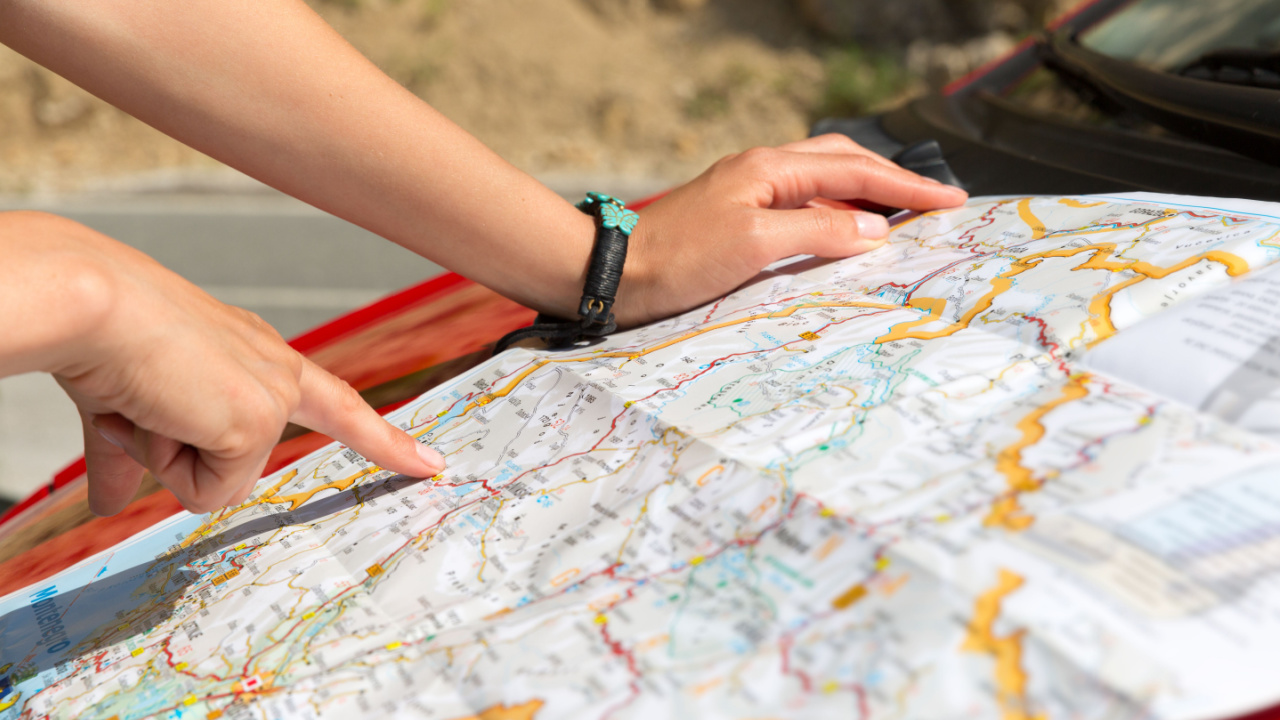
In a survival scenario, your child may have to navigate without a map or compass, so learning to use the sun and stars to find direction and make their way back home or seek help if lost is crucial. A great way to teach navigation is during camping outings or when stargazing in your backyard.
6. Signal For Help

Signals for help in an emergency can include using a whistle or mirror to attract attention, building a fire or creating smoke signals, or signaling SOS with rocks on the ground. Besides teaching your child how to signal for help, you should also remind them to stay visible and make noise regularly if lost or stranded.
7. How to Swim

Teaching kids swimming skills, spotting drowning signs, and what to do in water emergencies. While swimming lessons are a good start, show them how to stay calm and float on their backs if they can’t swim or get tired in water, and share tips on other water survival techniques for a safe time during water fun!
8. Basic First Aid
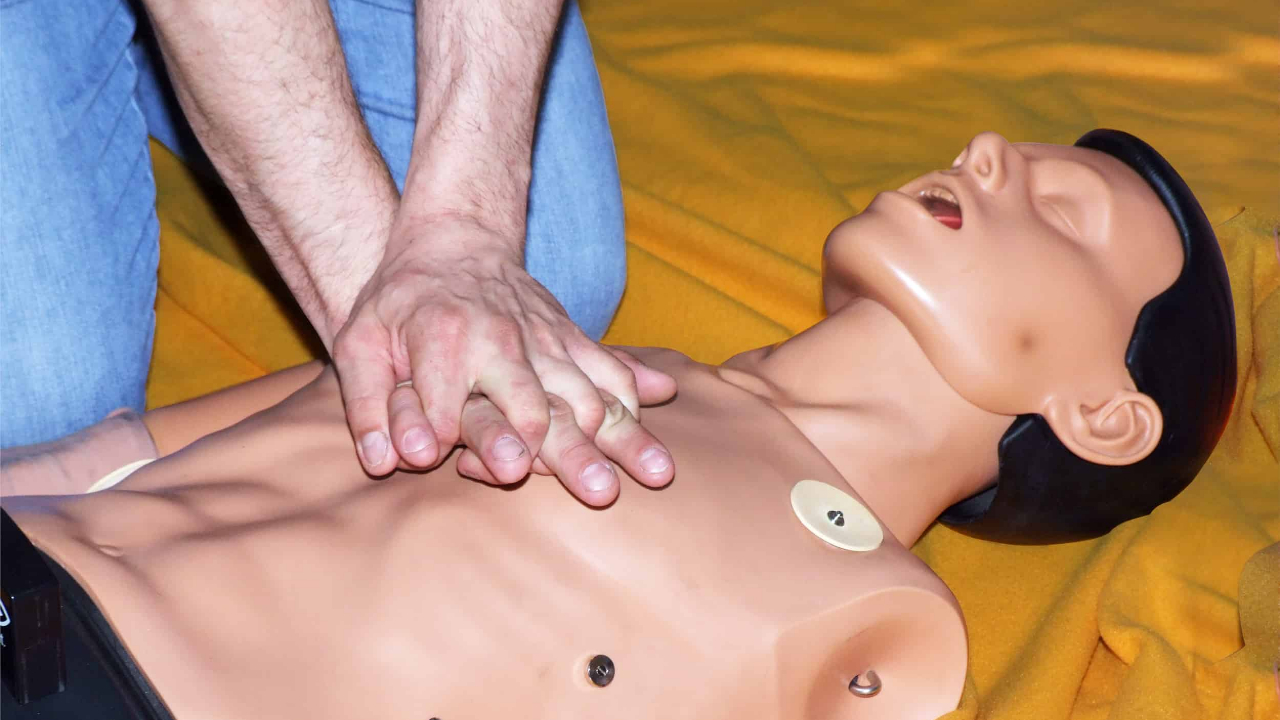
Children need to know basic first aid, including cleaning and bandaging cuts and scrapes and treating burns with cold water, as accidents can happen. Ensure they know who to call in an emergency, such as 911 or a trusted neighbor or family member.
9. Staying Calm
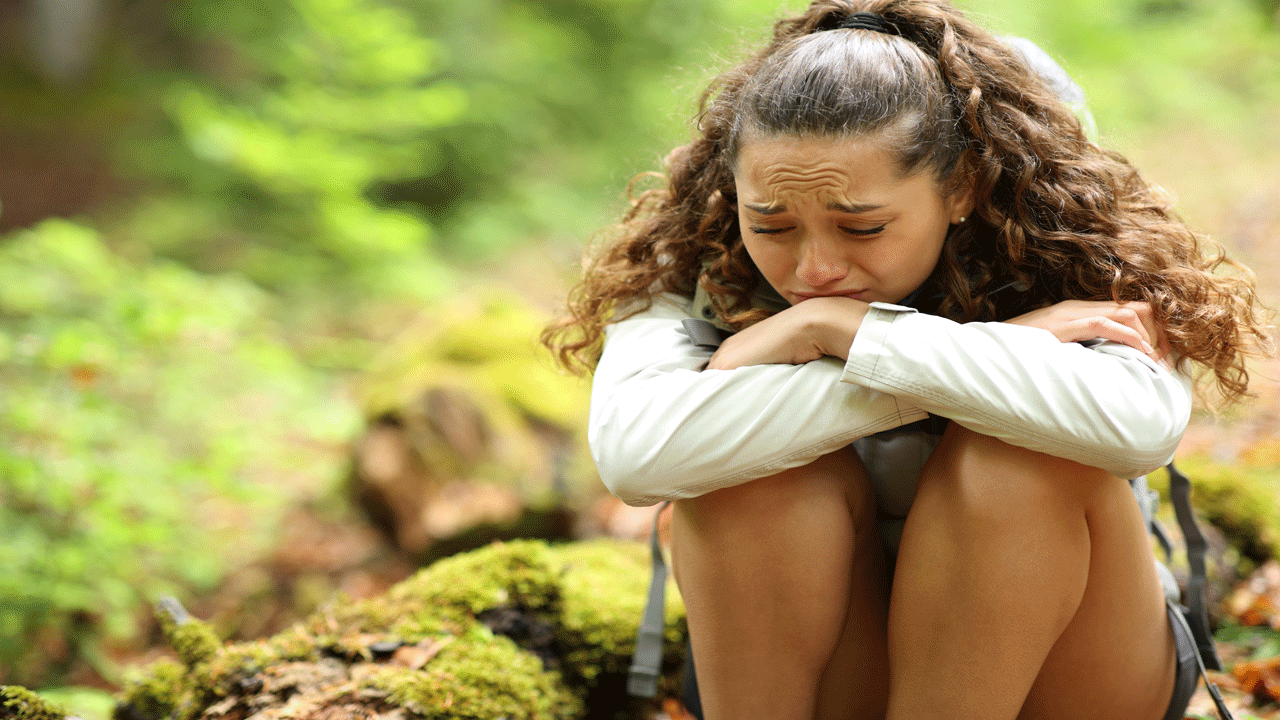
Instilling in your child the value of keeping calm during emergencies is crucial. This enables them to think logically and make sound decisions. Discuss scenarios like getting lost in a park or being separated in a crowded area to prepare them for unexpected situations.
10. Wildlife Encounters

Children need to know how to avoid wild animals and what to do if they encounter one. Instruct them on what actions to take if they come face-to-face with a wild animal, such as staying calm, backing away slowly, and making themselves appear larger by raising their arms. Teach them about staying on designated trails, not approaching or feeding wild animals, and making noise while hiking to alert animals of their presence.
11. Basic Self-Defense

While we hope our children never have to use self-defense techniques, they must know how to protect themselves in dangerous situations. Consider enrolling your child in a self-defense class or teaching them basic techniques, such as how to break free from someone’s grasp or where to strike an attacker’s body.
12. Hug a Tree
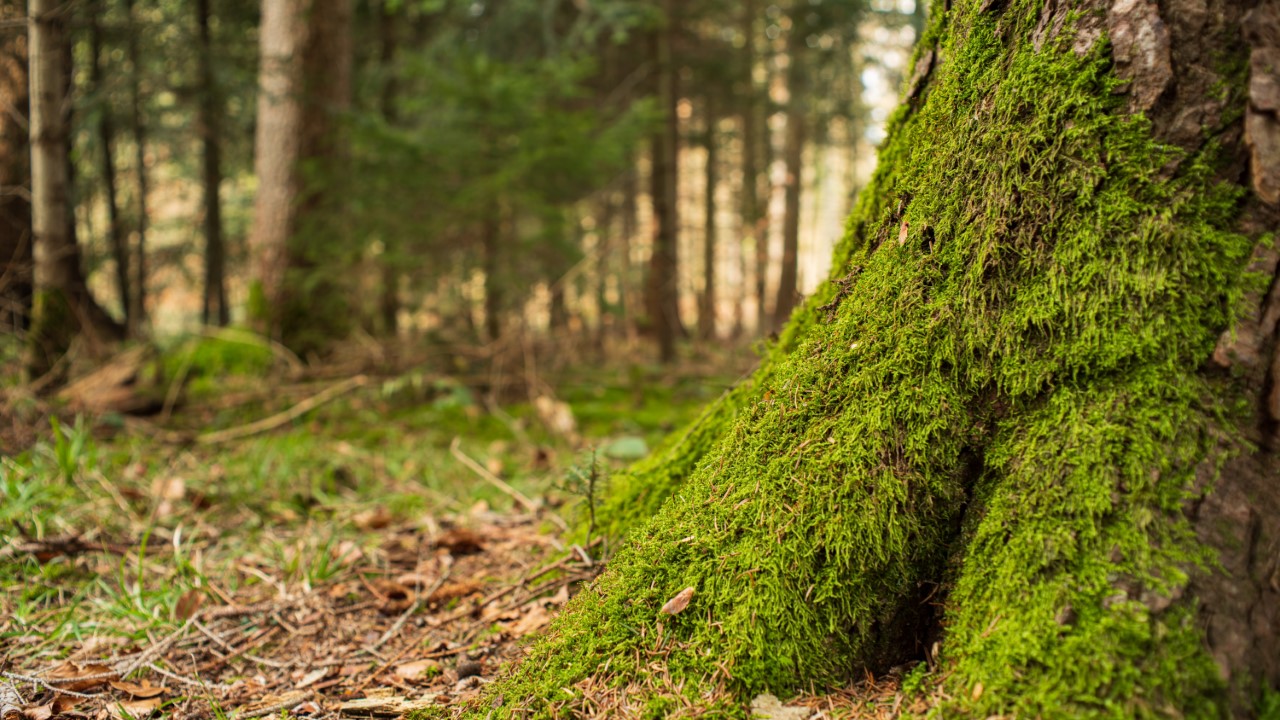
Teaching your child the “Hug A Tree” method is vital for survival if they ever get lost in the wilderness. This technique ensures that they stay in one place and are easier to locate by search and rescue teams.
13. Fishing
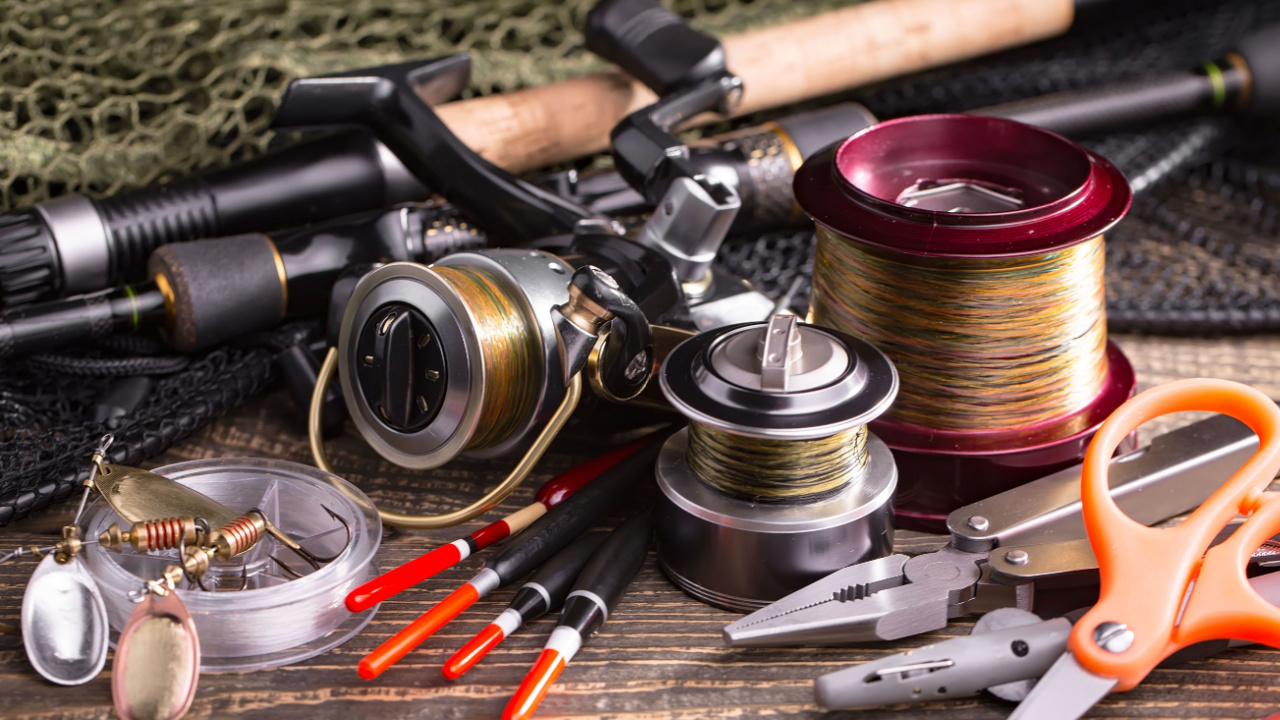
Knowing how to fish for food can be a lifesaving skill if your child gets stranded in the wilderness. You can teach them how to make a fishing rod from natural materials and correctly clean and cook their catch.
14. Growing Food

In case of a natural disaster or emergency, knowing how to grow your own food can be incredibly valuable. Teach your child about planting and caring for different fruits and vegetables by starting a small garden at home or a community garden with friends and neighbors.
15. Staying Warm Without a Fire

While building a fire may seem like the obvious choice for staying warm, sometimes it is not possible or safe to do so. Teach your child alternative methods such as insulating their clothes with leaves and newspaper, creating a shelter with branches and debris, or even huddling together to share body heat.
16. Hunting and Weapon Safety

Once your child is old enough to understand the safety precautions and proper techniques, teaching them how to hunt for food and clean and prepare the meat is essential. This may involve teaching them how to use a bow and arrow, a slingshot, snare traps, or a firearm, as well as proper hunting safety measures and ethics.
17. Foraging

Educating your children on recognizing edible wild plants and fruits is crucial if they get lost or stranded without food. Teach them to distinguish poisonous and safe plants through local foraging workshops or online tools. Always stress the significance of caution and verifying before consuming anything from the wilderness.
18. How to Climb a Tree
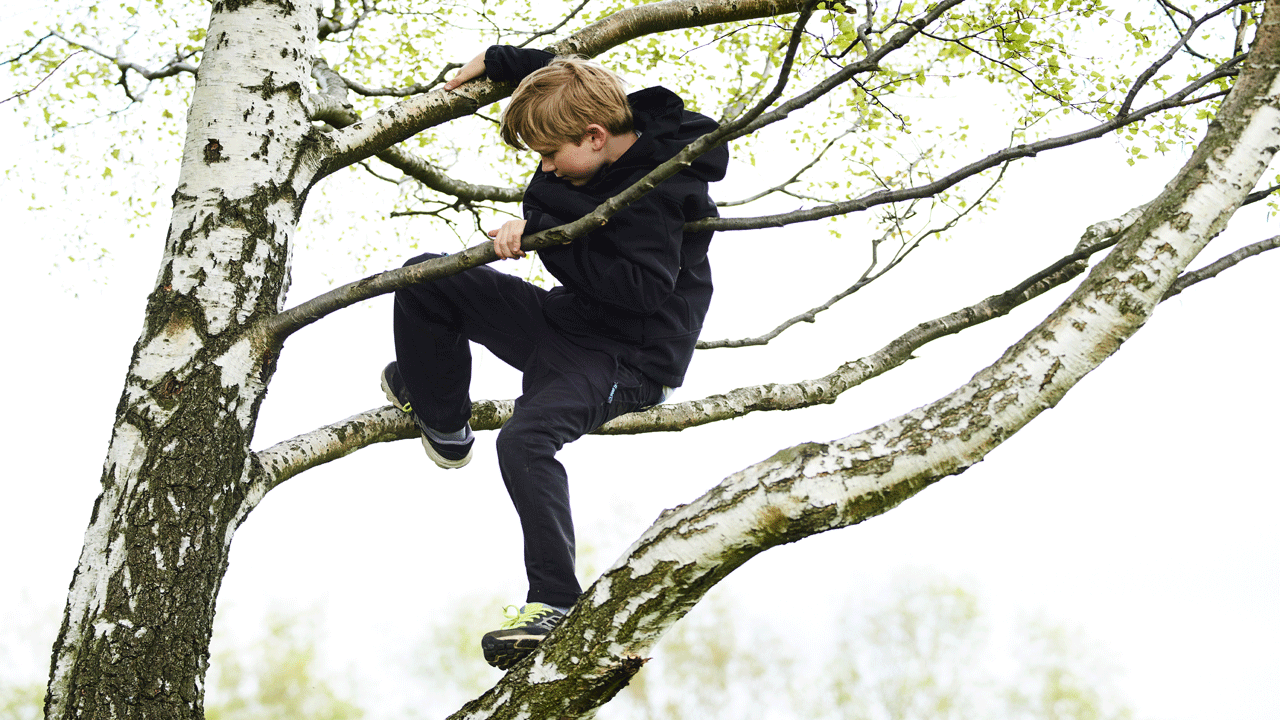
Climbing trees can be a fun and beneficial activity for children, but it can be a lifesaver in a survival situation. This skill can also be helpful during natural disasters when they may need to seek shelter on high ground or encounter a wild animal on the ground. Remind them to always assess a tree’s safety before climbing and never attempt it if they feel weak or unwell.
19. Hand Tool Basics

Children need to learn basic hand tool skills, including using a knife, hammer, saw, drill, and other tools. These skills are useful in survival situations, preparing food, building a shelter, planting a garden, and other tasks.
20. Sewing

Teach children how to sew and mend their own clothing, a skill that can come in handy during emergencies when clothes become torn or damaged. This is a valuable life skill that can be taught in a fun way by doing simple projects like a pillowcase or tote bag.
21. Building a Survival Kit

A survival kit is vital for any emergency, and children should understand what to pack in a basic kit and how to put one together. It should include essential items like a first aid kit, water purifying tablets, non-perishable food, a flashlight, a whistle, and a compass. It is crucial to teach kids the proper use of these items and when to use them in a survival scenario.
22. Hygiene

Teach your children the importance of upholding good hygiene in survival situations by teaching them to have good hygiene in day-to-day life. Show them the correct methods for cleaning and sanitizing their hands, tools, and cooking utensils to prevent illnesses when camping, making meals together, and other activities.
23. Communication

Communication can be essential in an emergency, and children should know how to use a phone, walkie-talkie, or other communication devices in case of separation. Teach them basic communication skills such as memorizing important phone numbers, knowing how to send a text or use a walkie-talkie, and leaving messages when necessary.
24. Preserving Food
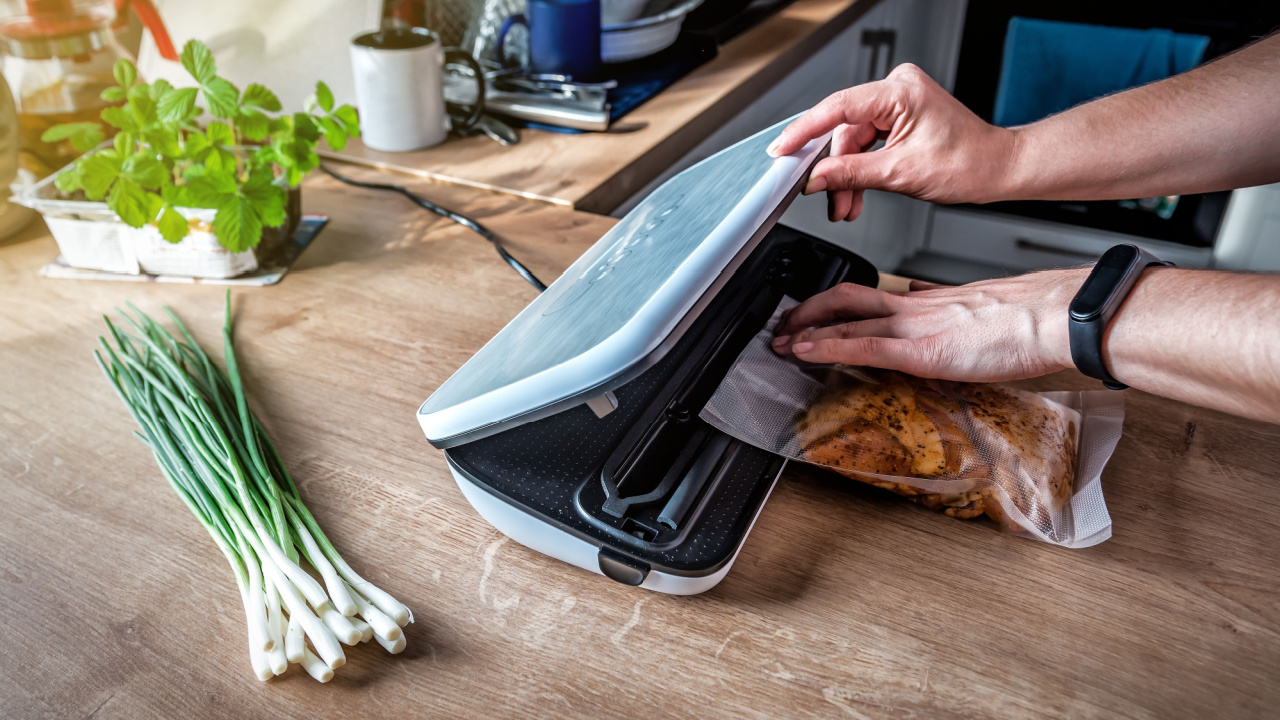
In a survival situation, food may become scarce, and it’s important to teach your children how to preserve food for long-term storage. Teach them different preservation methods, such as canning, dehydrating, and pickling.
20 Crucial Supplies for Surviving a Societal Collapse

In the face of uncertainty, being well-prepared gives you at least some degree of control and security. The thought of a societal collapse, while extreme, prompts us to consider how we might endure without the conveniences of our current lifestyle. Here’s a list of 20 essential items that could prove indispensable in such a scenario. This guide isn’t about succumbing to fear but embracing preparedness and resilience.
14 Essential Canned Goods for Your Emergency Pantry
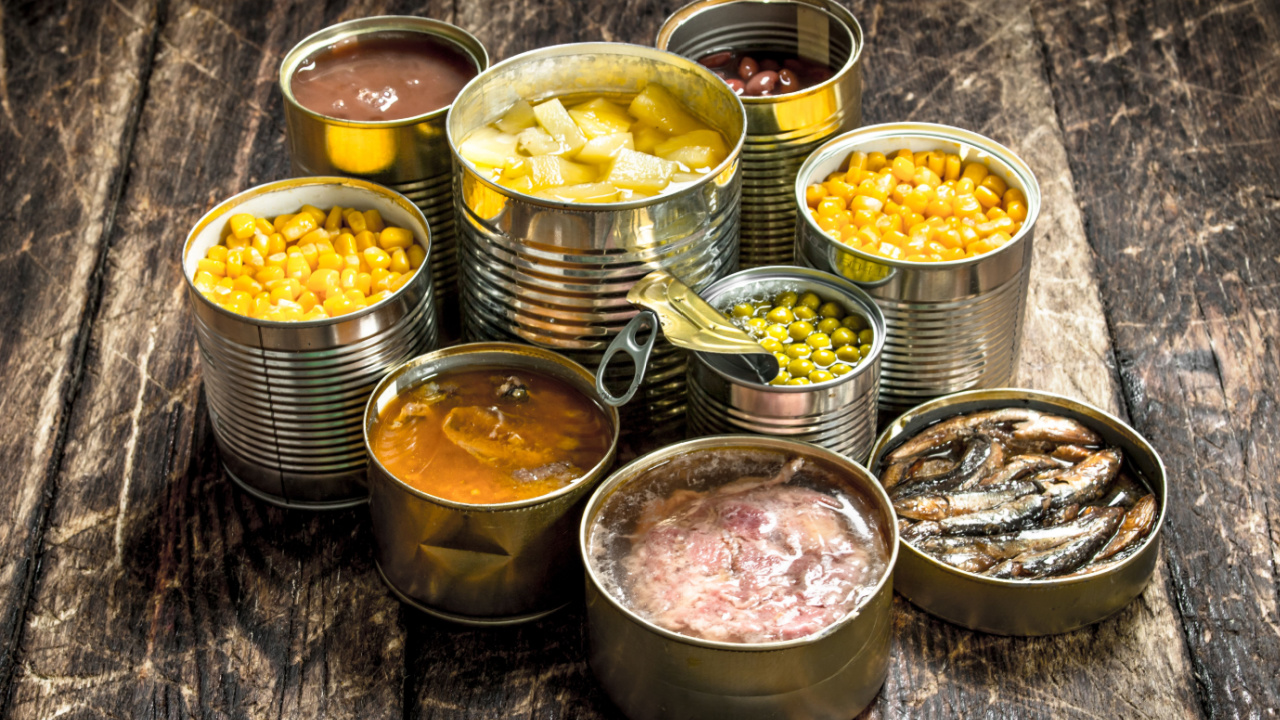
I firmly believe in keeping a well-stocked emergency pantry. While fresh food is ideal, in a survival situation, we may not be that lucky. So, for my family, even though we grow a lot of our own food, canned goods play a crucial role in emergency preparedness. They offer a reliable source of nutrition when access to fresh produce may be limited. The goods you stockpile should be affordable, easy to store, and full of nutrition.
Best Regions in the U.S. to Escape to When Society Collapses

Choosing a refuge in the event of societal collapse involves weighing the pros and cons of each location against your personal preparedness goals and abilities. Whether you’re drawn to the solitude of the desert or the protective heights of the mountains, the key is finding a place that offers safety and the opportunity for growth and renewal.
